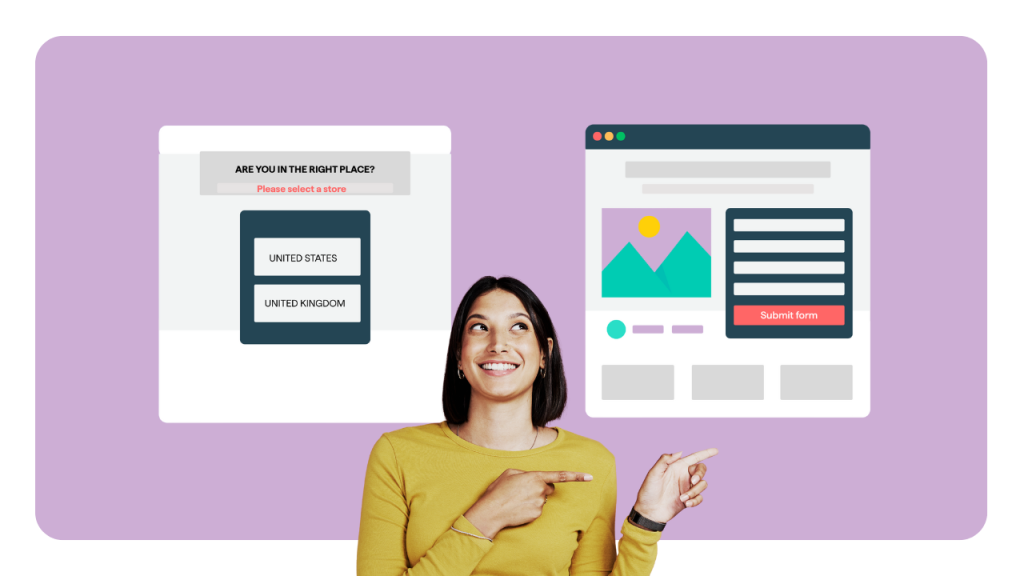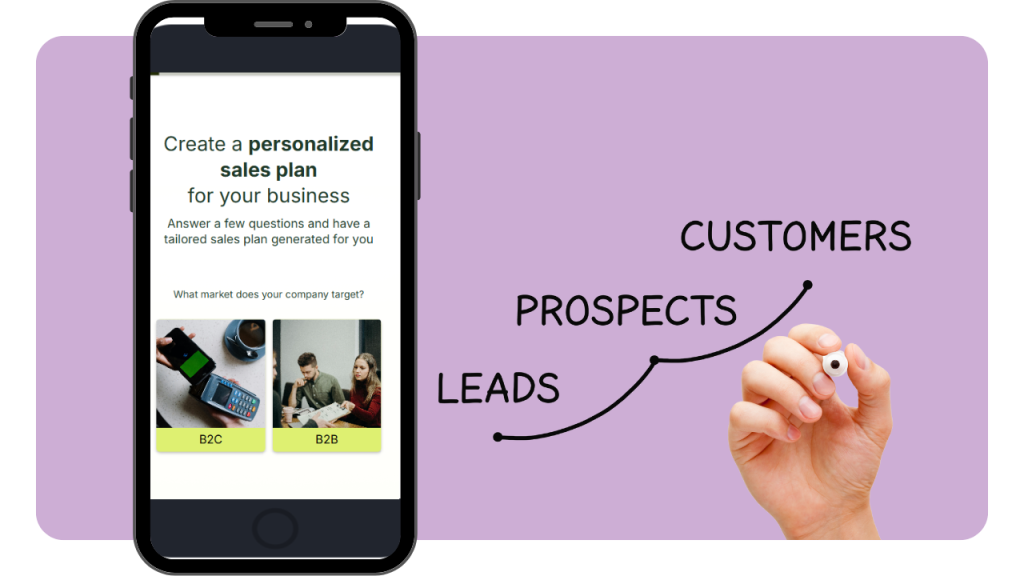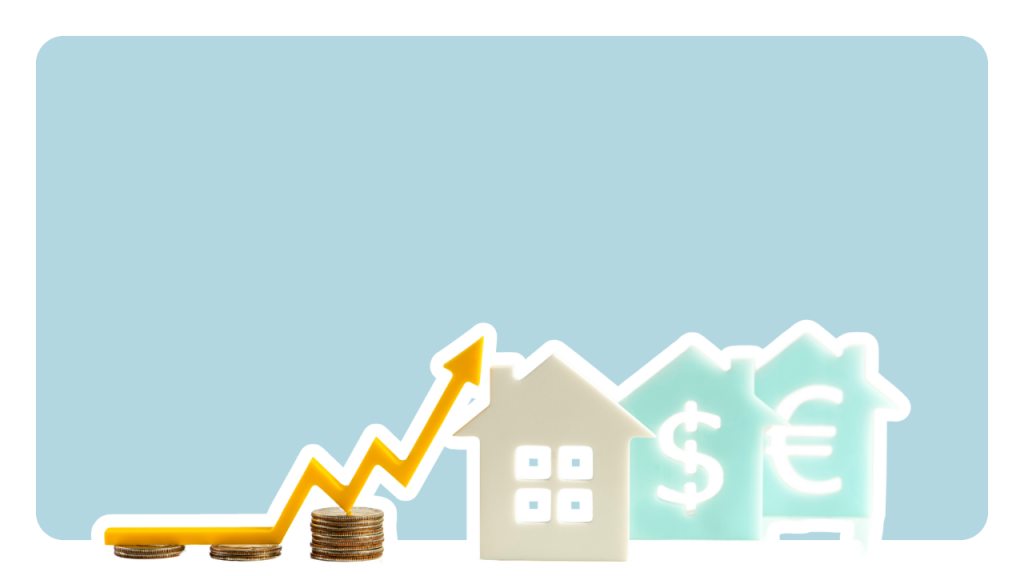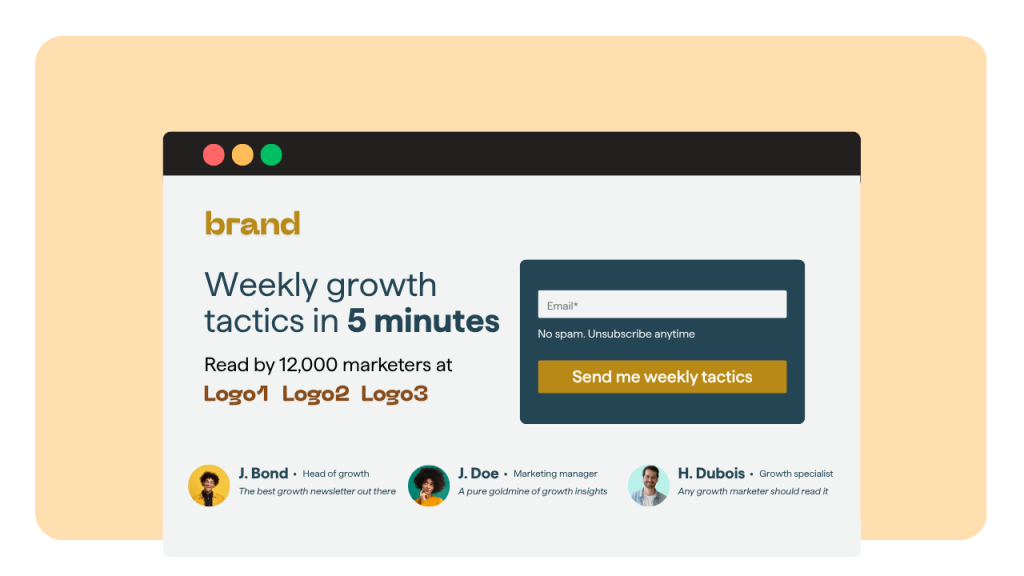Many businesses mix up landing pages and splash pages, and that small mistake can hurt your conversions.
Both page types serve a purpose, but they’re built for very different goals.
In this guide, we’ll explain what each one does, when to use them, and which one converts better.
What Is a Splash Page
A splash page is a short screen that appears before you reach the main website or content. In fact, it as a quick introduction or a welcome message.
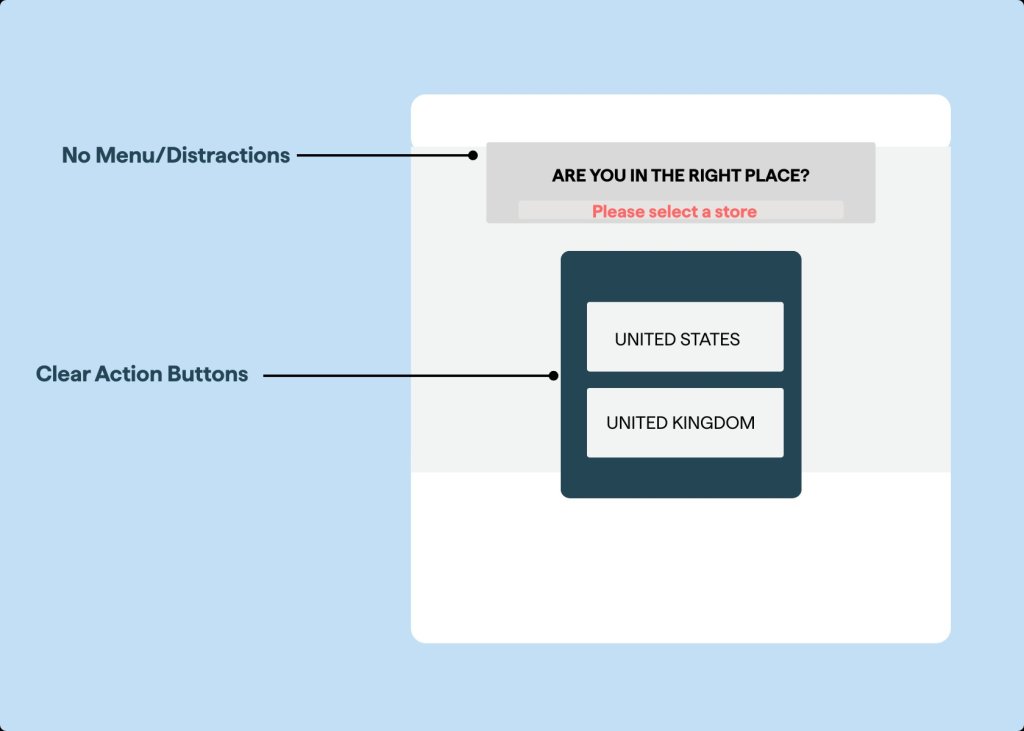
Common Uses of Splash Pages:
Age or content verification (e.g., alcohol or gaming sites)
Choosing a language or region
Promoting a product, event, or campaign
Sharing an announcement, like a rebrand or a sale
Key Features of a Splash Page:
Short, simple message with a strong visual
No menu or navigation links
One clear action button (like “Enter Site” or “Continue”)
You’ll often see splash pages used by movie studios, alcohol brands, or seasonal campaigns that want to capture attention before leading visitors to the main website.
What Is a Landing Page
A landing page is a standalone web page designed for one main purpose, to get visitors to take a specific action. That could be signing up for a newsletter, registering for an event, downloading a guide, or making a purchase.
Common Uses of Landing Pages:
Collecting leads through forms
Selling or promoting products
Hosting event or webinar signups
Offering free trials or demos
Key Features of a Landing Page:
A single, focused call to action (CTA)
A clear headline that explains the value
No distractions, like navigation menus
Often linked to ads, emails, or campaigns
Landing pages are built for conversions, every element is meant to guide visitors toward that one goal.
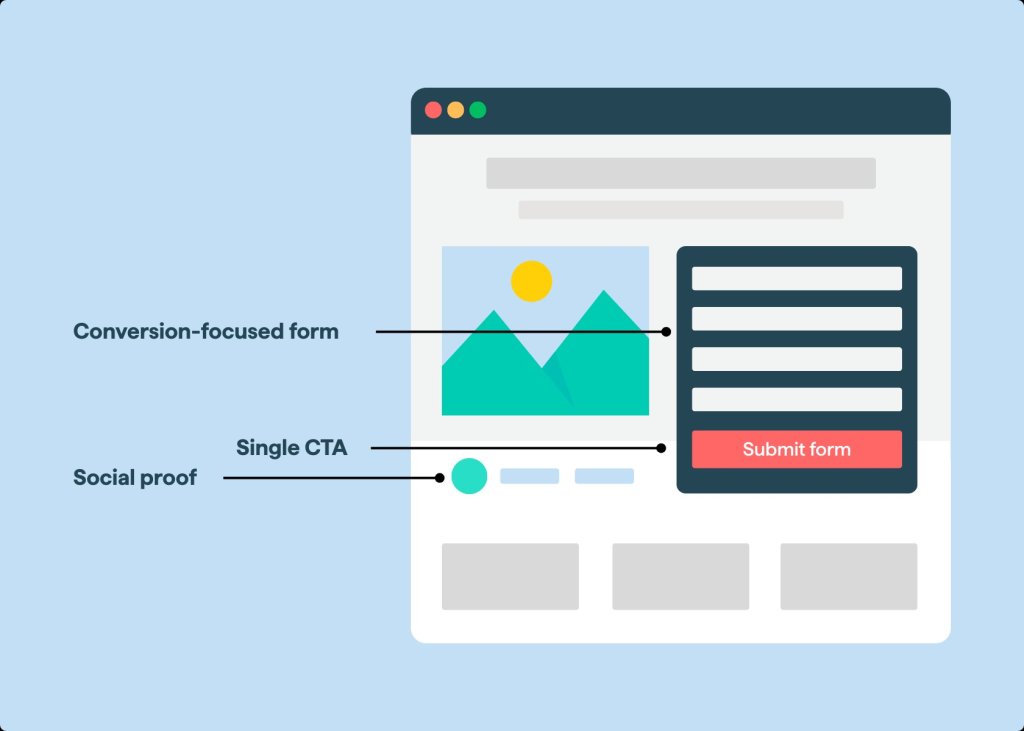
Splash Page Vs Landing Page: Key Differences
Although splash pages and landing pages may look similar at first, they serve completely different purposes. Here’s a quick comparison to help you see how they differ:
Feature | Splash Page | Landing Page |
Goal | To inform, direct, or gate content before entering the main site | To convert visitors into leads or customers |
Length | Very short, usually just one screen | Longer, with detailed information and a clear offer |
CTA Type | “Enter Site,” “Continue,” or “Select Language” | “Sign Up,” “Buy Now,” or “Get Started” |
Timing | Appears before the main website or content | A standalone page linked to ads, emails, or campaigns |
SEO Value | Minimal, often not indexed by search engines | High, optimized for search and paid campaigns |
Metrics Tracked | Engagement rate or click-throughs | Conversion rate and lead quality |
In short, Splash pages are like a quick introduction, they grab attention or act as a filter before visitors reach your main site.
Landing pages, on the other hand, are built to drive measurable actions such as sign-ups, downloads, or sales.
Landing Page Vs Splash Page: Which One Converts Better?
When it comes to performance, landing pages clearly outperform splash pages.
That’s because landing pages are designed with one goal in mind, to get visitors to take action. Whether that’s signing up, making a purchase, or booking a demo, every element on a landing page works toward that conversion.
Splash pages, on the other hand, are built for awareness. They might catch a visitor’s attention or share a quick message, but they’re not meant to track or drive conversions.
Here are a few data points that show how landing pages perform:
The median conversion rate for landing pages across all industries is about 6.6%.
Shorter landing pages with clear calls to action convert 13.5% better than longer ones.
Two out of three marketers say their landing page conversion rate is below 10%, meaning there’s still plenty of room to optimize.
Adding videos to a landing page can increase conversions by up to 86%.
Personalized CTAs perform 202% better than basic or generic ones.
Companies with 10–15 landing pages see 55% more leads compared to those with fewer than 10.
Businesses that test and optimize their landing pages regularly see conversion improvements of up to 30%.
A one-second delay in load time can reduce conversions by 7%.
The average bounce rate for landing pages is around 60–90%, which shows how critical design and relevance are for keeping visitors engaged.
In fact, splash pages rarely measure conversions, they simply guide or filter visitors before they enter the main website. Landing pages, however, are built to drive measurable results and help you understand what works.
How to Choose Between a Splash Page and a Landing Page
Both splash pages and landing pages have their place. The right choice depends on what you want your visitors to do.
Use a Splash Page If:
You need to gate your content, such as asking for age or language verification.
You want to announce a limited-time offer, event, or product update.
You’re trying to build excitement or awareness before a launch.
Splash pages work best when your goal is to inform or engage, not necessarily convert.
Use a Landing Page If:
You want visitors to take a specific action, like filling out a form, signing up, or making a purchase.
You’re running paid ads, email, or social media campaigns and need a clear conversion goal.
You want to track results and improve performance through analytics or A/B testing.
Landing pages are perfect for measurable outcomes, everything on the page should lead to one clear call to action.
Quick Tip:
With a landing page builder like involve.me, you can build any type of landing page in minutes.
Create conversion-focused landing pages using AI Agent or pre-built templates and a simple drag-and-drop editor, no coding needed.
Final Thoughts
In the end, both splash pages and landing pages can add value to your marketing strategy, but in very different ways. A splash page works best when you want to grab attention, make an announcement, or set the stage for what’s next. A landing page, on the other hand, is where you turn that attention into action.
When deciding which one to use, think about where your audience is in their journey. If they’re just discovering your brand, a splash page can help set the tone. But if they’re ready to take action, a landing page will give you the measurable results you need.
If you’re ready to build landing pages that don’t just look good but actually convert, try involve.me.
You’ll also get access to real-time analytics, A/B testing, and integrations that connect your pages with the tools you already use.
Create a landing page in minutes
No coding, no hassle, just better conversions.
Sources
https://genesysgrowth.com/blog/landing-page-conversion-stats-for-marketing-leaders
https://www.apexure.com/blog/splash-page-vs-landing-page-hands-on-comparison
https://fleexy.dev/blog/how-page-speed-affects-conversion-rates-study/
https://vwo.com/blog/optimize-video-content-for-conversions/
https://www.invespcro.com/?p=t

